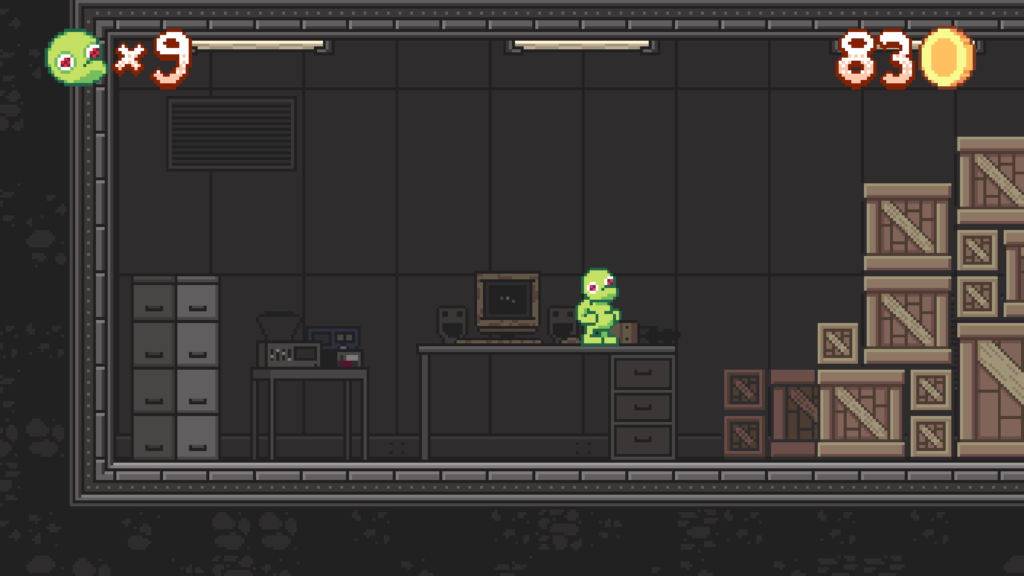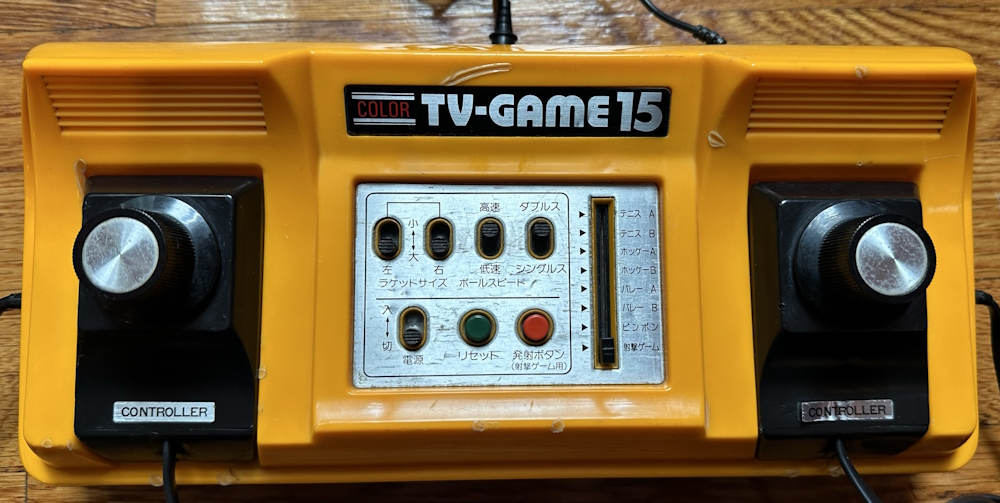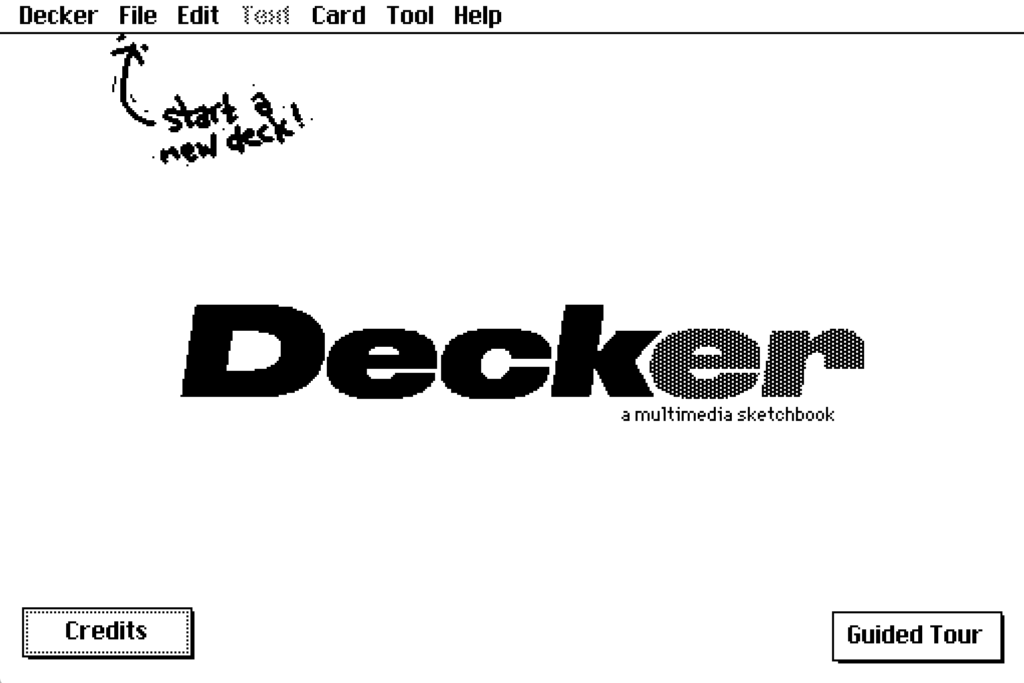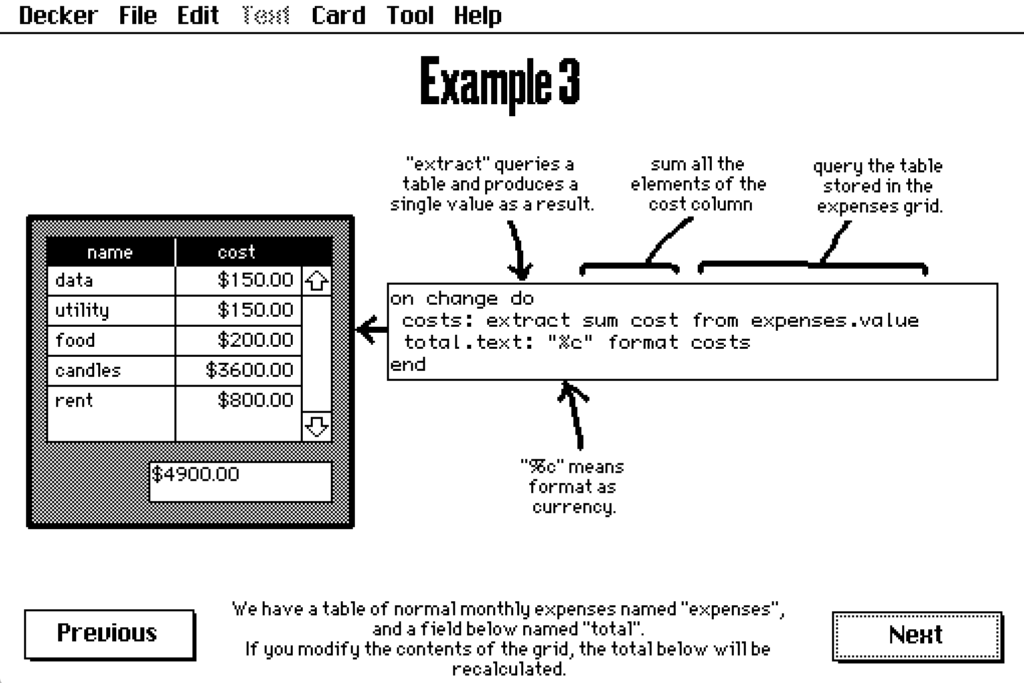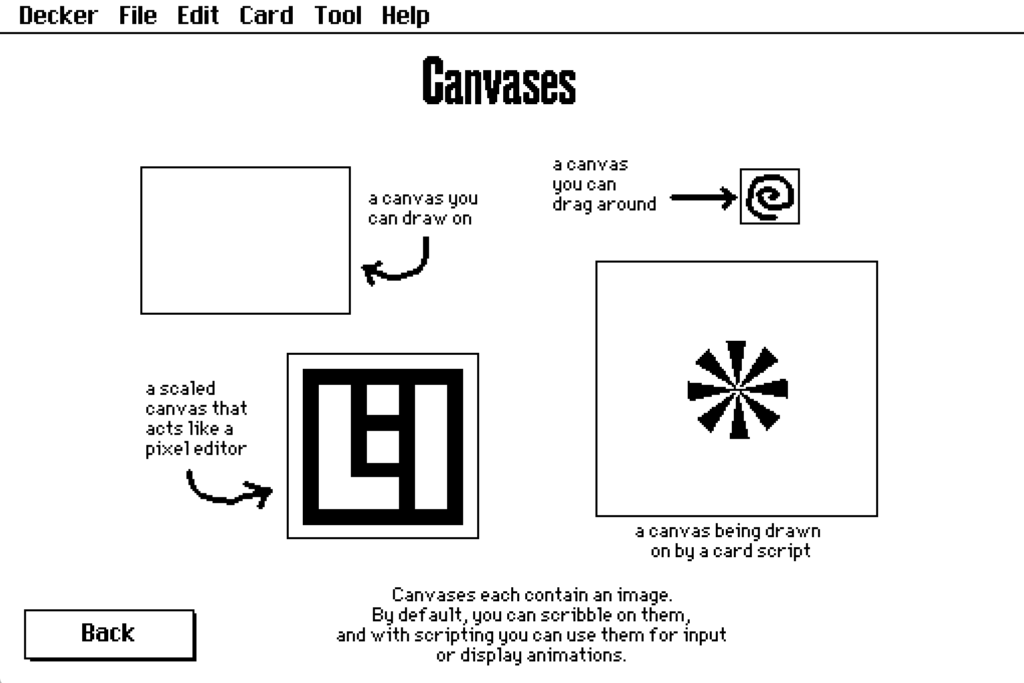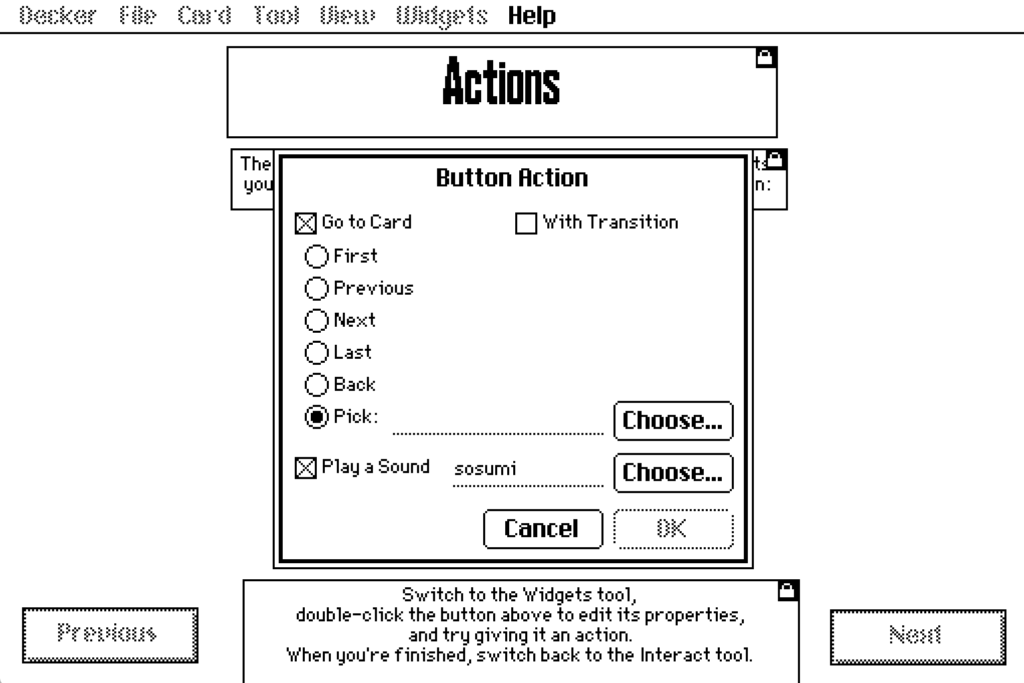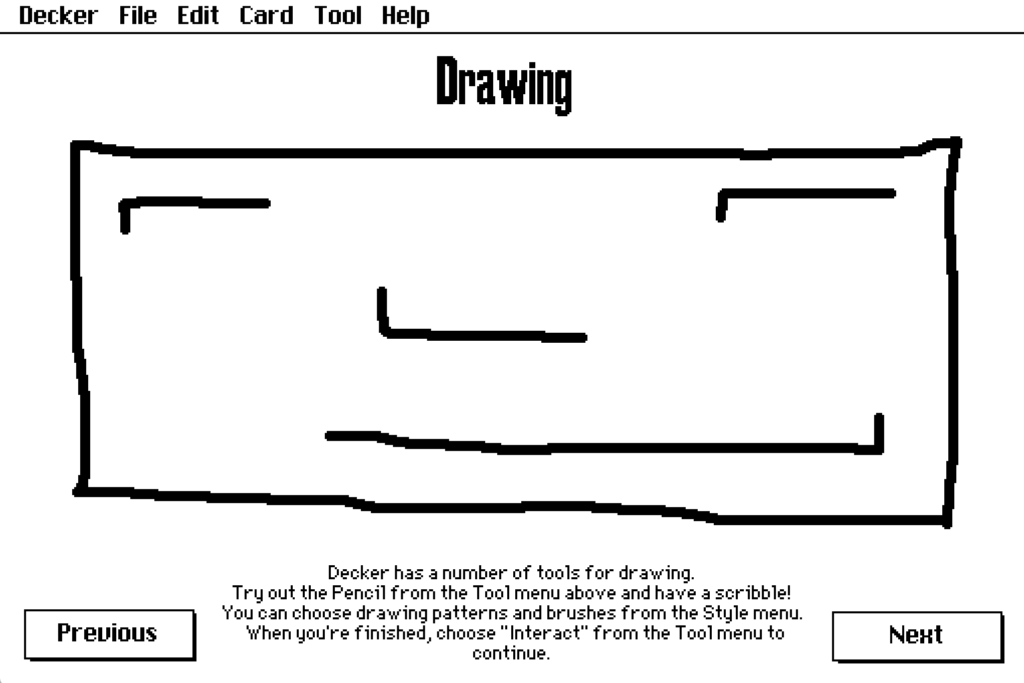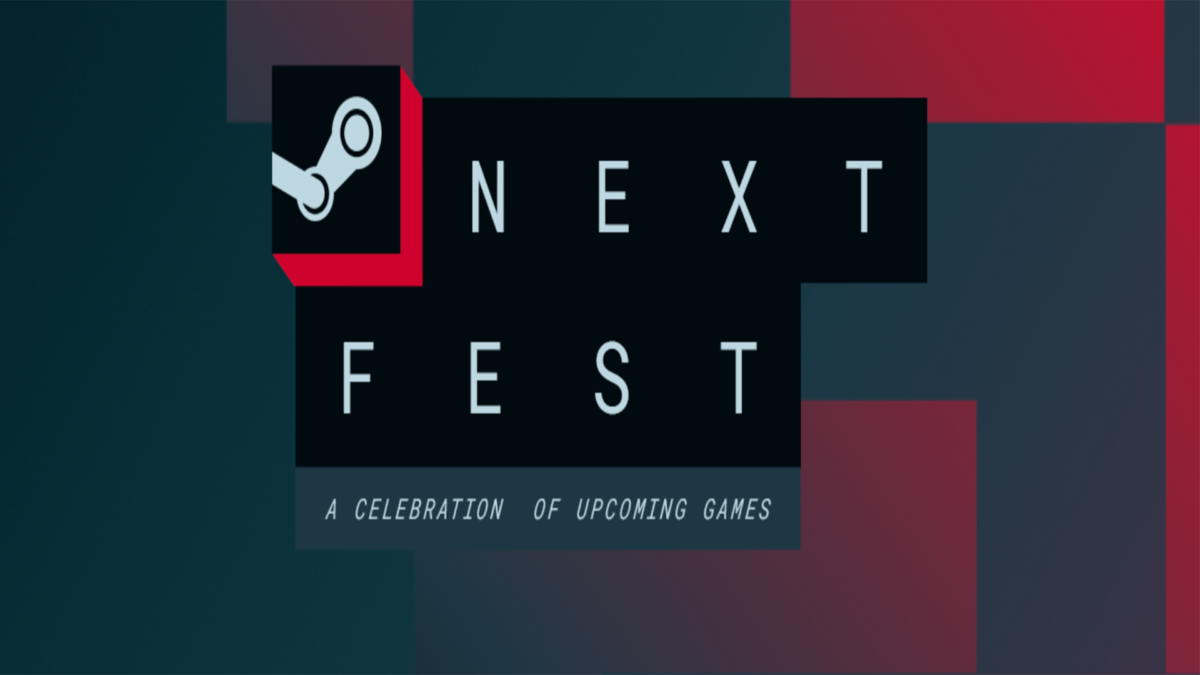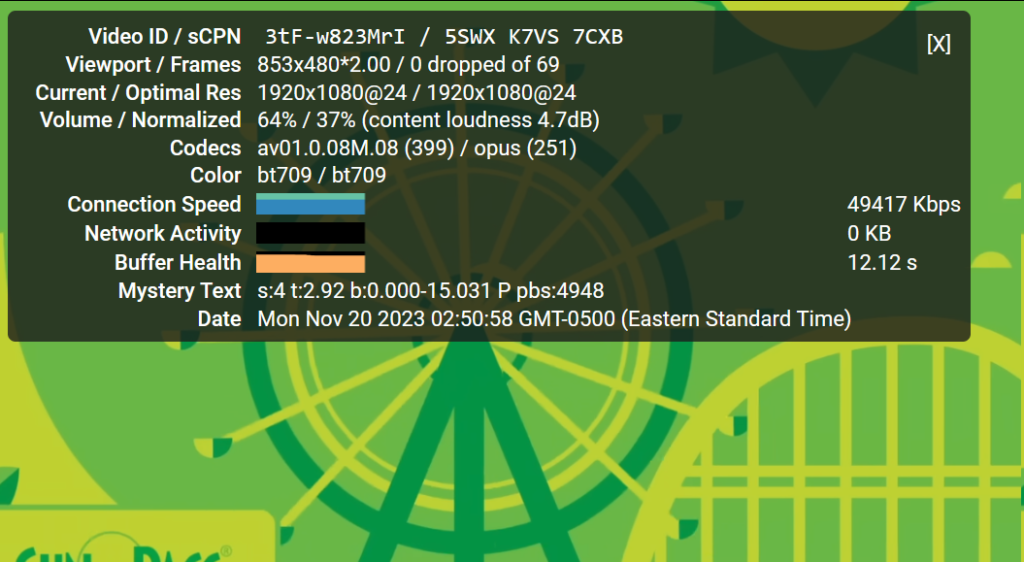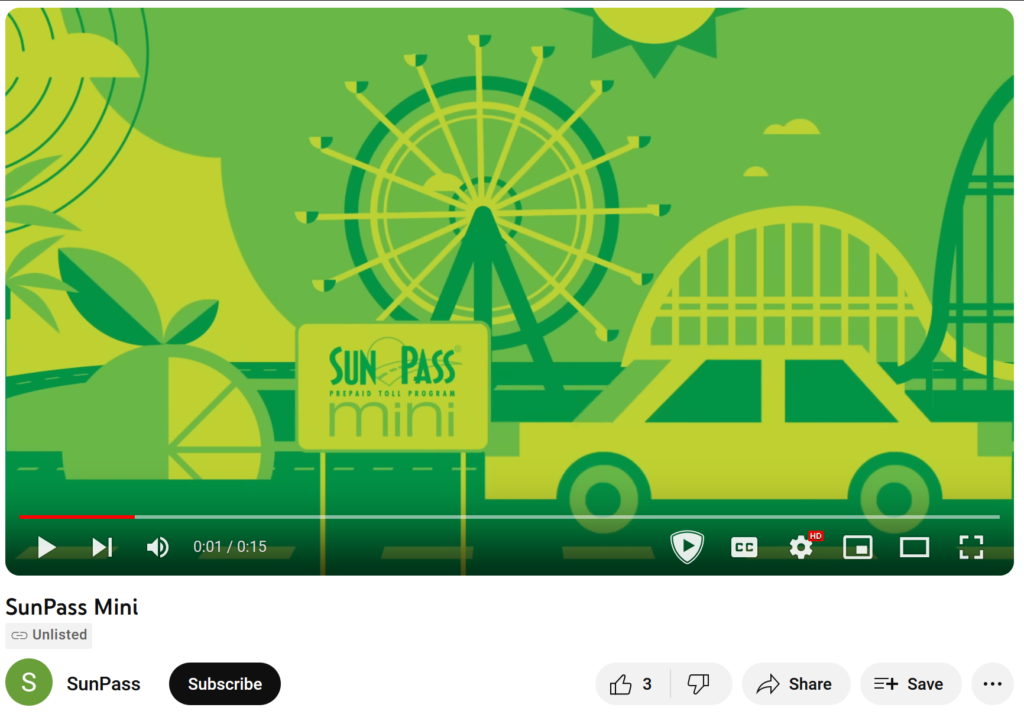
Last year for Sundry Sunday we linked to Gooseworx’s video game-inspired cartoon Little Runmo. In summary: a platforming character discovers that the peril-filled world he’s tasked with traversing is part of a system designed to support the life of a grotesque ruler. They turn it off, but other circumstances happen, and in the end things don’t go too well. Here’s the video, again (16 minutes).
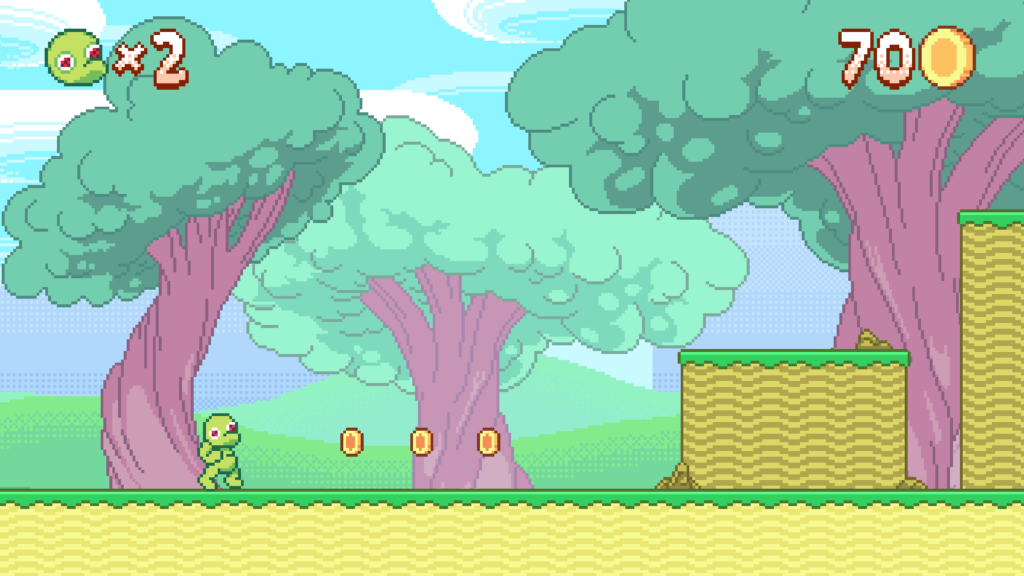
Little Runmo was made four years ago and has amassed 30 million views. Much more recently, a month ago Gooseworx made a pilot for a show to be called The Amazing Digital Circus, which in that short time has gotten an incredible 147 million views. Presumably it’ll get a series, but who really can tell these days? We have one major media company that thinks it’s worthwhile to make complete expensive productions then purposely kill them before release for a tax writeoff, but these are not the pages to discuss that.
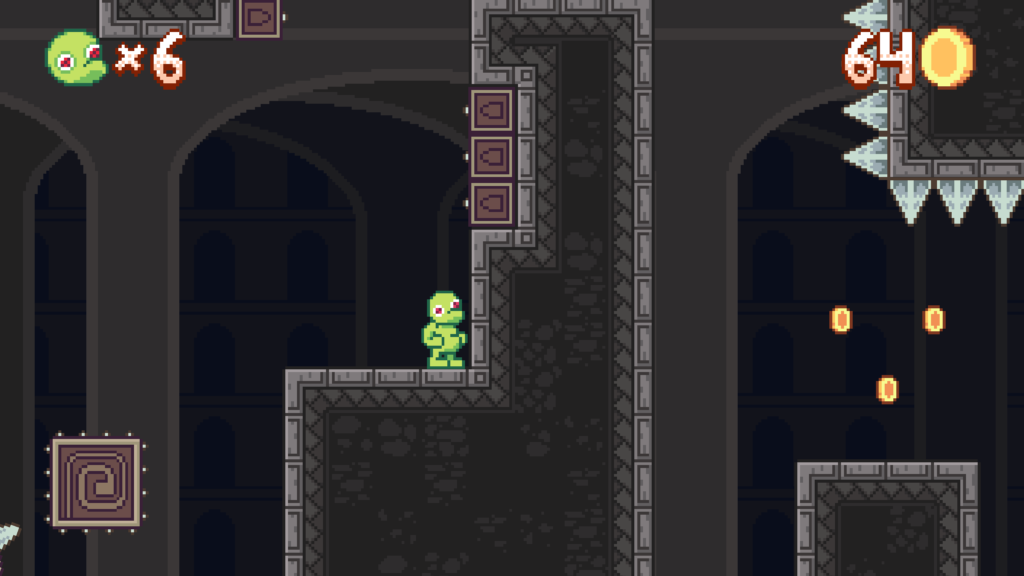
Over on itch.io JuhoSprite has made a platformer game inspired by Little Runmo, constructed in Godot and (it seems) with Gooseworx’s permission. Here is the trailer (2 1/2 minutes):
You might think it’d be a simple recreation, in game form, of the original, but it’s got its own things going on! Its platforming is pretty sharp. In addition to basic running and jumping, pressing an action button in the air gives Runmo a forward dive that gives a slight bit of extra height and some forward distance. On the ground while ducking, this move turns into a forward dash that can get through low ceiling passages.
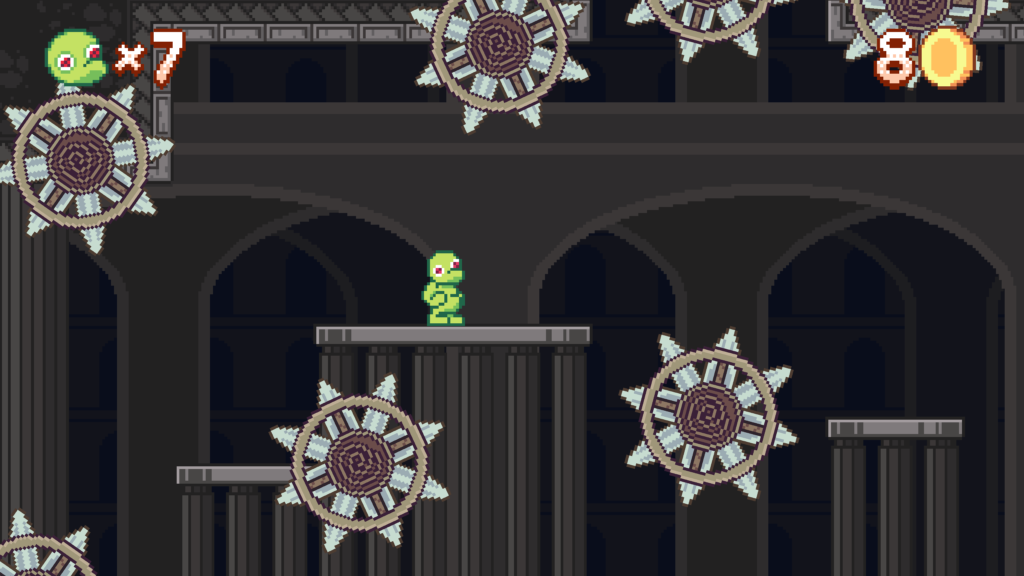
The game is divided into levels, but they aren’t clearly announced, and to a limited extent you can explore the areas as you wish, in a different order than as presented in the cartoon. The game world isn’t exactly as the cartoon presents it either, with the areas much larger, and containing a decent number of secrets to find! It’s usually worth it to poke around out of the way places if you can figure out how to get to them.
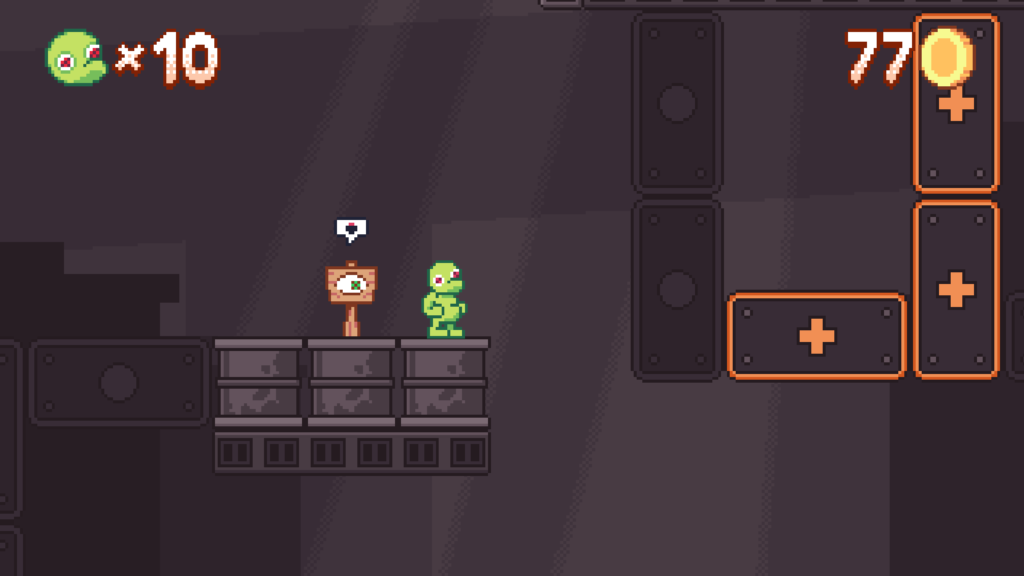
The game starts out fairly chill, but gets pretty difficult. It doesn’t seem like an unfair level of difficulty, although it may take you a few plays to build up the skills to conquer it. Here is some advice to playing it:
- If you haven’t seen the cartoon, you should know that the above ground area is only a small part of the game. The wide pit, the first one with the alternative spike wall over it, is the entrance to the rest of the game. Pikit’s message hints that that’s the way to go (press up to listen to it).
- Unlike as seen in the original cartoon, you have to use the midair dive move to get past the pit, it’s too wide to cross with wall jumps alone.
- Get used to hugging walls on the way down, to slow your descent. This can be used to scout out pits for secrets, to see if the scrolling continues.
- If you press towards most walls but keep jumping, you can climb them easily. Get used to doing this all the time.
- If a ceiling has a one block overhang, you can get around it with a jump off the wall and a dive back towards it.
- Watch the cartoon, and think about ways to explore regions that the animated Runmo doesn’t go to.
- There is at least one place where there are extra lives hidden off the top of the screen.
- While running out of lives doesn’t erase your metaprogress, it just sends you back to level 1, the game does not save its state when you exit it. If you quit out and reload, you’ll be at the very beginning.
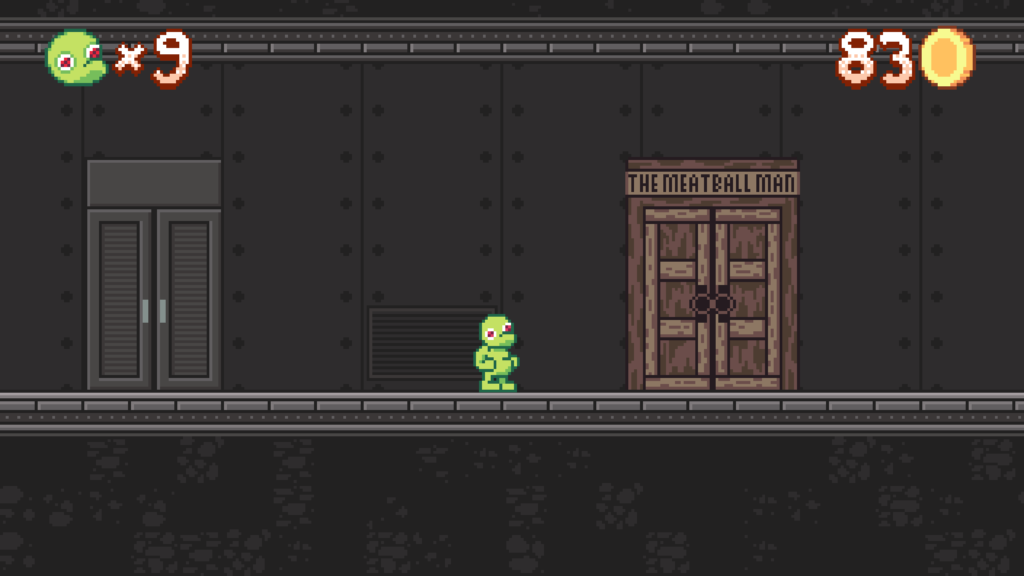
If you don’t care to see the game yourself, this 100% completion speedrun shows off the locations, although of course it doesn’t waste time talking to Pikit or exploring unnecessary places. There don’t seem to be any unnarrated longplays around yet, so, best to sharpen those skills if you want to experience it all.
Little Runmo: The Game (itch.io, $0, Windows & Linux)
